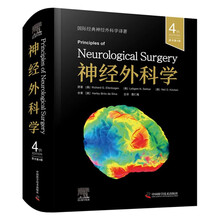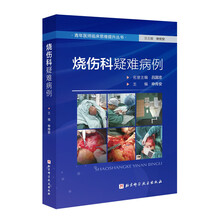Intrarenal vasoconstriction is the dominant mechanism for the reduced GFR in patientswith ARF. The mediators of this vasoconstriction are unknown, but tubule injury seems to bean important concomitant finding. While obstruction of urine outflow into the collecting systemis an obvious cause of reduced net ultrafiltration, the intratubular obstruction that results fromsloughed cells and cellular debris that evolves in the course of renal failure is a less obviouscause. The importance of this mechanism is highlighted by the improvement in renal functionthat follows relief of such intratubular obstruction. In addition, when obstruction is prolonged,intrarenal vasoconstriction is prominent.
Apart from the increase in basal renal vascular tone, the stressed renal microvasculature is more sen-sitive to potentially vasoconstrictive drugs and otherwise-tolerated changes in systemic blood pressure. Pro-longed vasoconstriction may evolve into intrip.sic ARF, especially when concomitant large vessel arterialdisease occtn-s. Renal failure caused by prolonged vasoconstriction (especially with concomitant large vesselarterial disease) often is induced by the use of angiotensin-eonverfing enzyme (ACE) inhibitors and/or di-uretics. The vasculature of the injured kidney has an impaired vasodilatory response and loses its autoregu-latory behavior. This latter phenomenon has important clinical relevance because the frequent reduction insystemic pressure during intermittent hemodialysis may provoke additional damage that can delay reeoyexyfrom ARF.
展开










